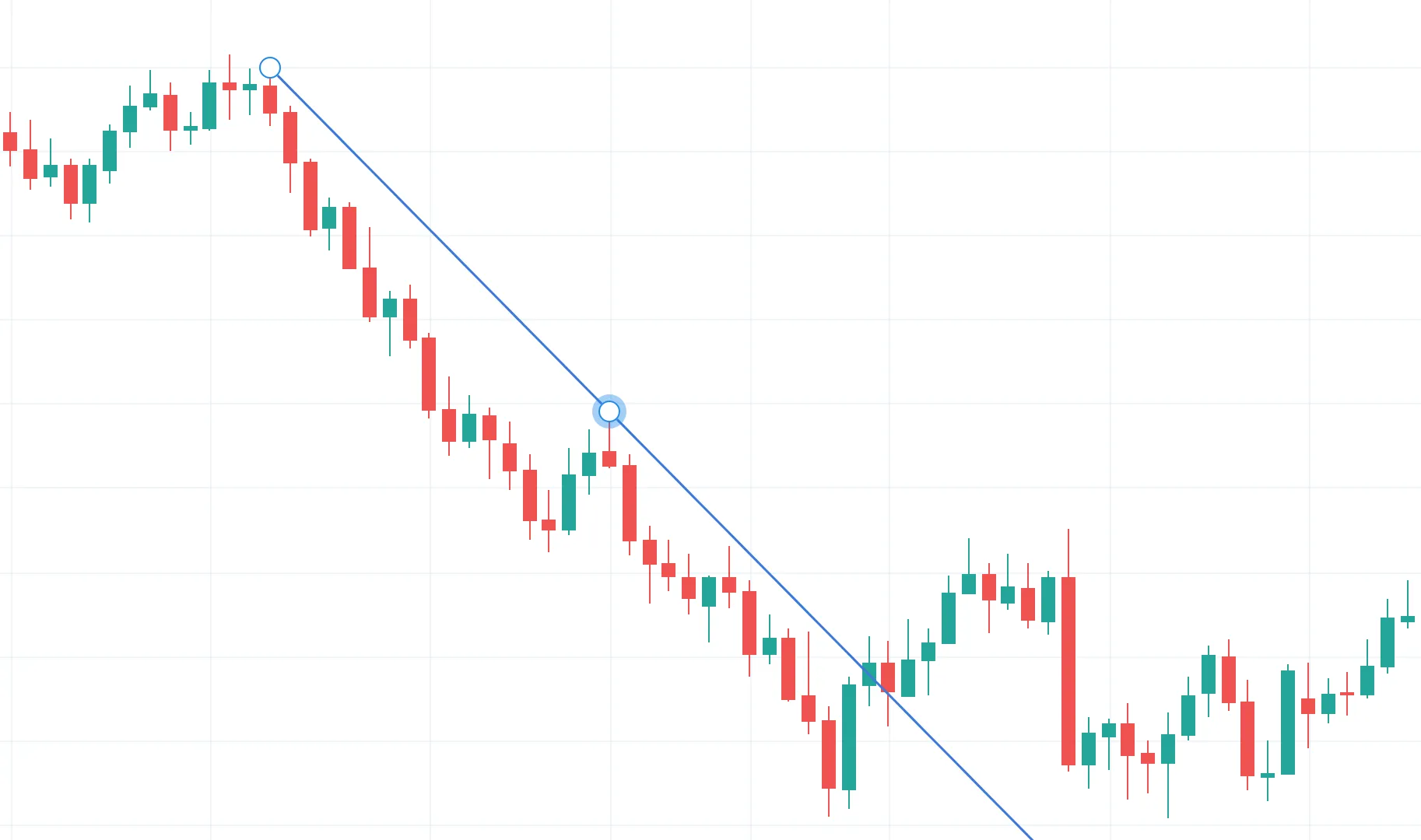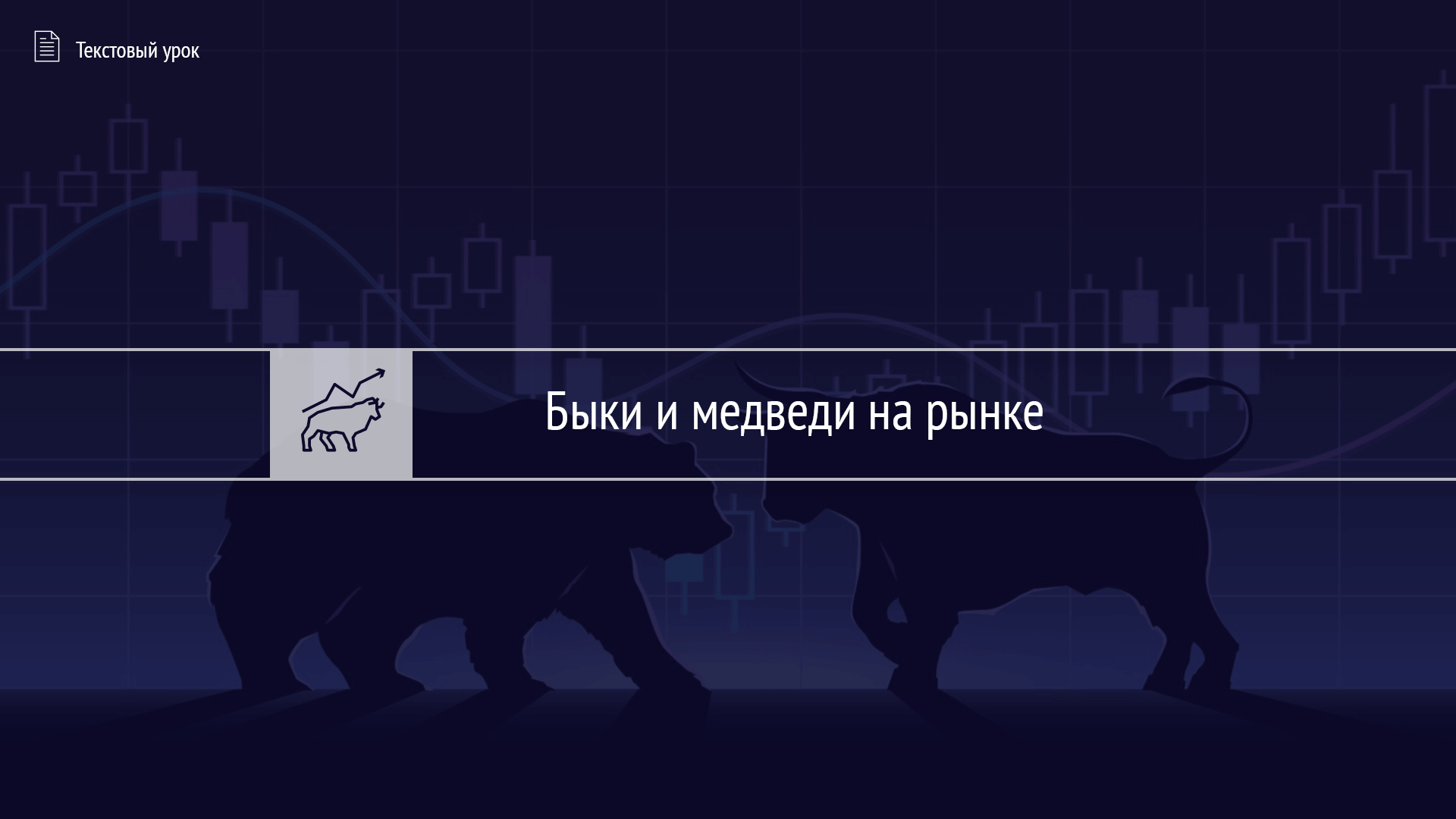На любом финансовом рынке (в том числе и на Форекс) цены на графиках подвергаются влиянию тенденций или трендов. Каждый брокер должен уметь их определять потому, что это поможет ему заработать в будущем. Но для начала давайте поговорим о том, кто такие быки и медведи на рынке.
Что значит термин тренд
Тенденцию или основное направление цены по-другому называют трендом. Множество аналитиков и профессионалов советуют открывать позиции по трендам (по направлению основного движения цены). Кроме того, они часто оперируют понятиями «медвежий тренд» и «бычий тренд». Давайте разберёмся, что это такое.
Кто такие быки и медведи на рынке
Данный биржевой сленг используется с самого появления бирж в Соединённых Штатах. Быки на финансовых рынках – это те, кто открывает позиции на покупку. Когда на рынке присутствует больше покупателей, чем продавцов, то цены будут расти. Это сравнимо с тем, как бык при нападении рогами толкает свою жертву вверх. Данное сравнение породило вышеописанное выражение.
А медведи на финансовом рынке – это те, кто открывает позиции на продажу. Когда на рынке присутствует больше продавцов, чем покупателей, то цены будут падать. Это сравнимо с тем, как медведь при нападении ударами лапы сбивает свою жертву вниз. Поэтому данное выражение будет легче запомнить.
Бычий и медвежий тренд

Логично, что бычьим трендом называют период, когда основная тенденция рынка направлена вверх. Быки повышают цену потому, что их больше, чем продавцов. Поэтому график котировок идёт вверх, ведь цены поднимаются. Синонимами данного понятия являются «бычий рынок» или «восходящий тренд».
Медвежьим трендом называется период, когда цена падает. Основная тенденция на графике в это время будет нисходящей. Продавцов становиться больше, чем покупателей и цены падают. Это значит, что вы должны продавать. Синонимами данного понятия являются «медвежий рынок» или «нисходящий тренд».
Почему это важно
Советы с торговлей по трендам являются разумными и даются не просто так. Когда трейдер увидит основное направление рынка, то принять решение по открытию позиции на продажу или покупку ему будет несложно. Ну а когда на рынке все занимаются продажей (царит медвежий тренд), то покупать будет невыгодно, ведь вы будете получать огромные убытки. Поэтому придерживаться направления тренда будет самым разумным решением.
Кроме трендов, на рынке ещё есть понятие «флет». Флетами называют периоды, когда нет ярко выраженного тренда, а цена двигается в боковом коридоре (периоде, когда цена колеблется в коридоре). Флет не такой предсказуемый, поэтому в нём торговать сложнее. Ситуация говорит о равном количестве медведей и быков на рынке на данный момент. Рынок не может определиться, вниз или вверх ему двигаться, поэтому трейдерам лучше переждать данную ситуацию и ждать пока появится тренд.
Как определить тренд
Медвежий и бычий тренды можно определить при помощи одинаковых инструментов. Такими инструментами могут быть визуальный анализ графика или линии с индикаторами.
Визуальный анализ графика помогает понять направление основного тренда, но не даёт сигнал во время смены тенденции. Потому в данном случае лучшим решением будет полагаться на торговые инструменты и приёмы. К примеру, можно взять трендовую линию.

Это один из самых простых инструментов технического анализа, но его нужно правильно использовать. Момент, когда цена пробивает линию, называют сменой тренда. В этот момент нужно быстро определиться, медведем или быком вы хотите стать.
Важно определения смены тренда
Во время смены тренда вы, скорее всего, захотите продолжать удерживать сделку на покупку. В случае пропуска данного момента вся ваша прибыль может быть утеряна. Вы даже можете загнать себя в убытки. Разворот тренда очень быстро может «помочь» вам потерять всё. Поэтому во время смены медвежьего или бычьего тренда позицию нужно будет закрыть.
Ну а дальше вы можете открыть новую позицию в направлении нового тренда, чтобы уже на нём зарабатывать.
